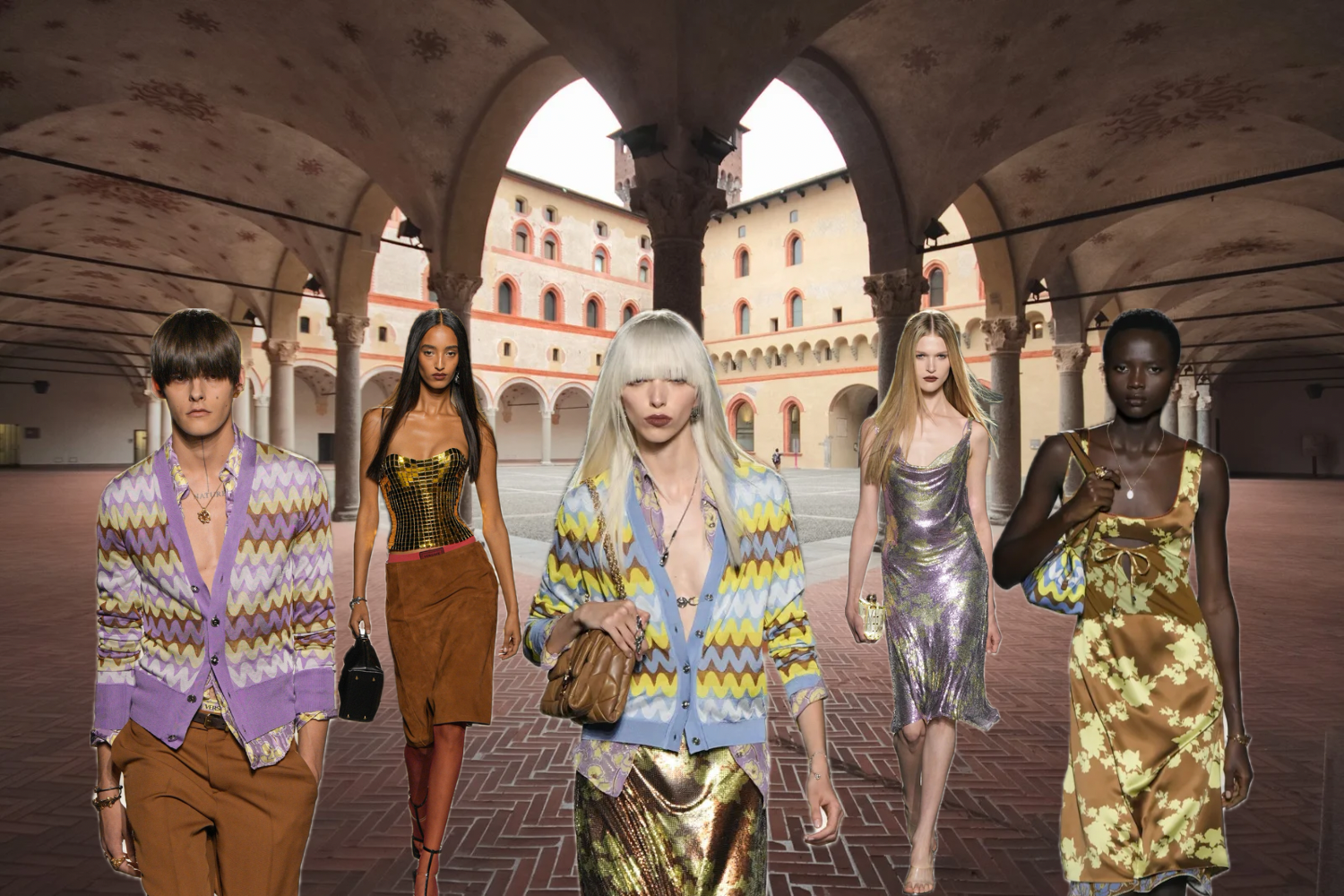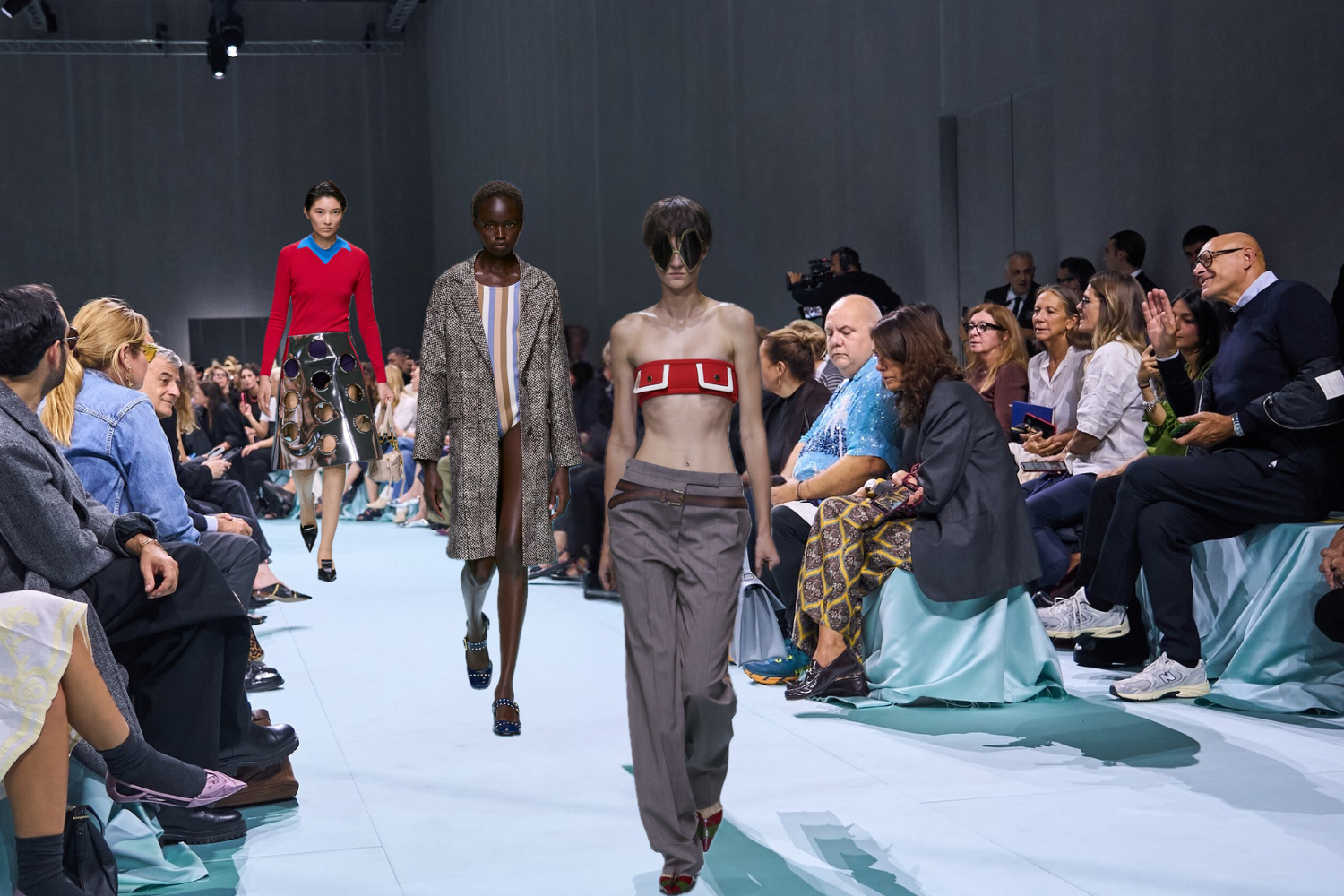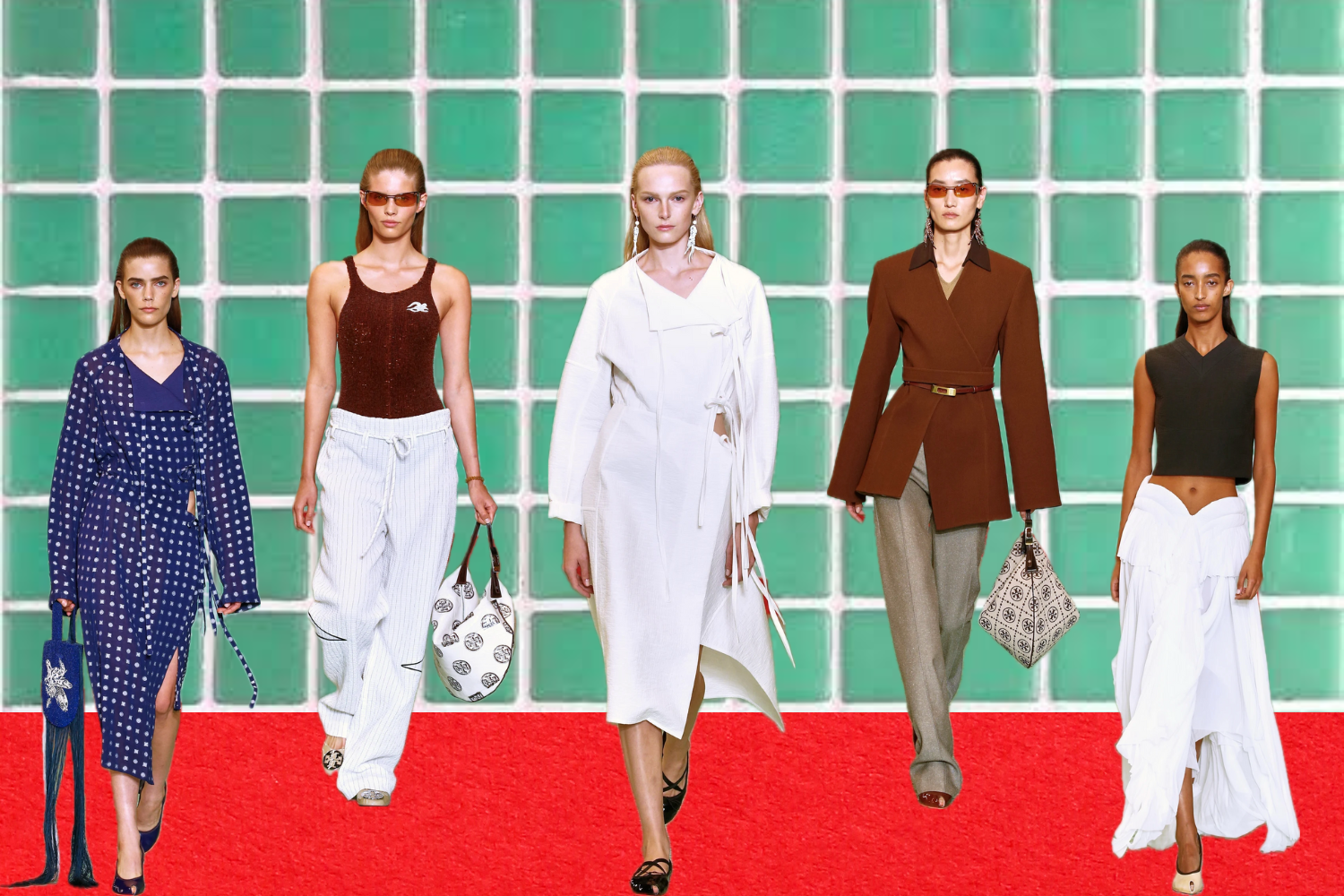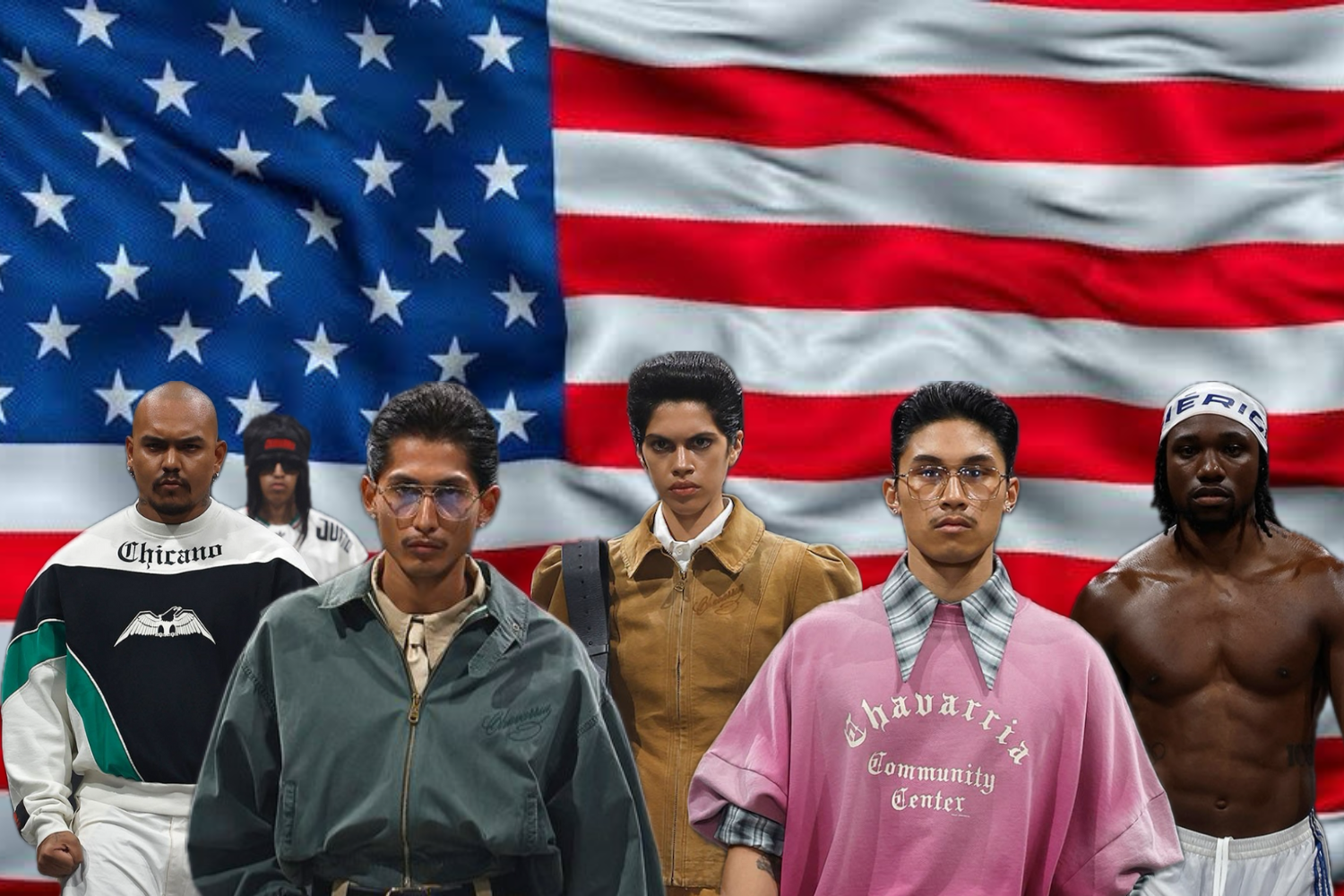A look into Gregg Araki, adolescent doom and how styling connects a movie to its message.
Read MoreSuperman has nothing on the 80s ballroom scene. These similarly cape-clad and tights-sporting superheroes’ “by-day/by-night” transformation involved a lot more than taking off a pair of dorky glasses. Rather, the late 20th century underground ballroom scene involved a largely black and latinx community of LGBTQ+ people gathering to transform into their billowed, feathered, studded and extravagant true selves. A forced by social convention to walk the city streets as a stereotypically straight-laced masculine man “by day” could indulge in glinting glamor, pearlescent luxury “by night.” Ballrooms spelled a necessary escape, where opulence, grandeur and self-expression could safely congregate. Members received no accolades or attention for their boundary-smashing efforts in self-exploration. On the contrary, prevalent themes in stories of the ballroom circuit are concealment and designated safe spaces for self-expression.
Read MoreIn a time when we long for the mystique of old stars, Kacey feels like she’s been transported through time. She gives us all the romance we’ve been craving from today’s stars, while refusing to be tied up in the past; she’s a new classic.
Read MoreThe competition is most famous for the creative, wonderful, and oftentimes ridiculous outfits that the competitors wear. However, more important than the clothes is the question of what place Miss Universe has in the modern era.
Read MoreDennis Keith Rodman, housing insecure airport janitor turned Hall of Fame NBA defender turned ubiquitous Hollywood delinquent, was also an iconoclast of lingering ‘90s conventionality. Through his frequent “antics” on and off the court, he transpired a persona of unabashed self-expression that transcended rigid interpretations of black masculinity.
Read More


















